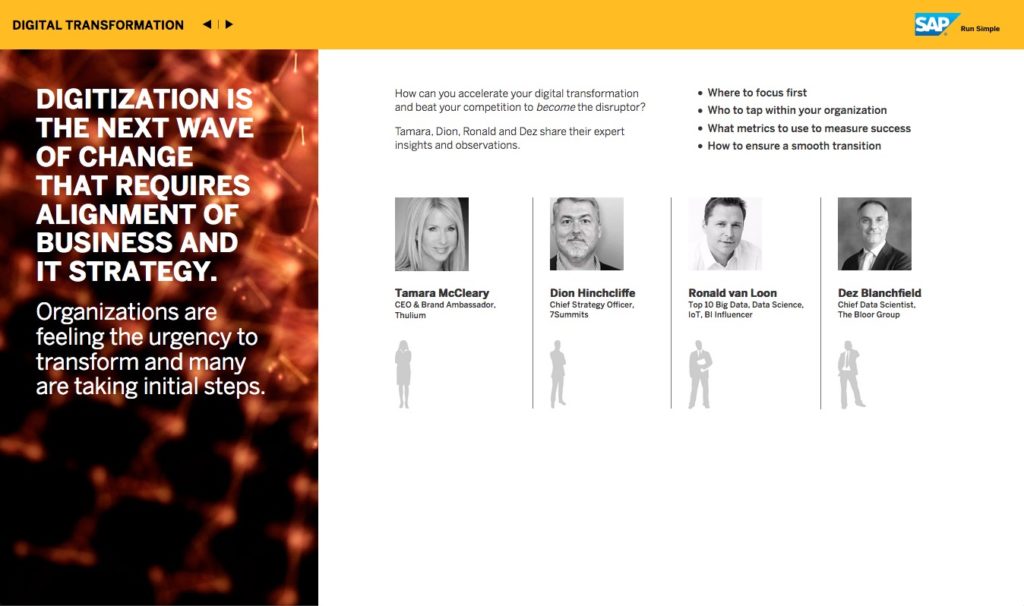
My favorite article during this weekend was – My Father-In-Law Won’t Become a Coder, No Matter What Economists Say. Read the article and draw your opinion. The transformation is happening outside and human jobs are replaced with screens and computers. Marketing and sales is a good example, but the change is everywhere.
Here is a passage that summarize it very nicely:
In other words, the theory of creative destruction works when you’re talking about specific companies or industries falling by the wayside because a better alternative has come along. The elimination of the typewriter wasn’t an economic disaster, because typewriters gave way to a better alternative that created even more jobs. More people make their living from the production of computers than ever made their living from the production of typewriters. However, the theory of creative destruction isn’t as applicable when one of the things being destroyed is the very idea of human labor.
It made me me think about digital transformation. It is one big hot buzzword these days. Everyone is talking about digital and every company is thinking how to “get transformed” and not left behind in an old analog world. On the picture below you can see the interest in digital transformation from Google Trends for the last 5 years.

There are so many articles and discussions about digital transformation. My attention was caught by SAP publication () sharing top thought leader assessment about why digital transformation is important and what is behind this term.

My favorite passage was about Digital Transformation as a matter of business survival. According to Tamara McLeary, you need to disrupt your company by revitalizing your outdated business model if you want to avoid to be eaten by more nimble, agile companies these days. And it brings an opportunity to use the new technologies. The primary reason for digital transformation is to keep company relevant in the face of exponentially changing technological world.

According to Jos Voskuil, Digital Transformation is forgotten word in PLM. Read more here. I can see his point. Manufacturing industry is very slow to adopt some technological innovation. When I just started my career in CAD/PLM, I’ve been told that 2D drawings will be obsolete in 5-10 years. 25 years later, we are still solving a problem how to put Bill of Materials on the face of the drawing and send it to manufacturing shop.
What is my conclusion? PLM has a chance to connect a divided world of manufacturing and bring digital technologies to different places in manufacturing companies. It is not a simple tasks because PLM technologies are also divided between old traditional PLM dinosaurs focusing how to control manufacturing customer data and new digital technologies capable to convert product and related data into new decision tools. Just my thoughts…
Best, Oleg
Want to learn more about PLM? Check out my new PLM Book website.
Disclaimer: I’m co-founder and CEO of openBoM developing cloud based bill of materials and inventory management tool for manufacturing companies, hardware startups and supply chain. My opinion can be unintentionally biased.
Digital transformation pic credit Gerd Leonhard
The post PLM and chatter about digital transformation appeared first on Beyond PLM (Product Lifecycle Management) Blog.


Be the first to post a comment.